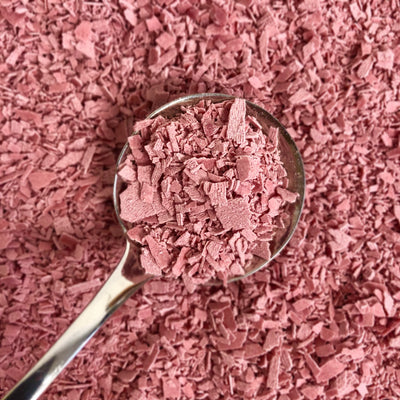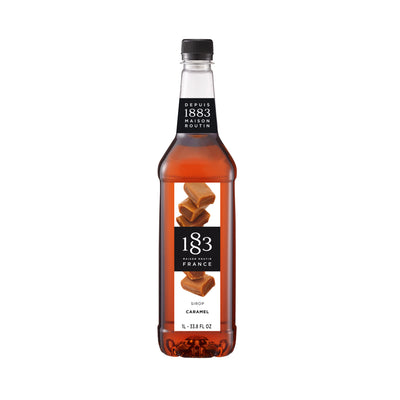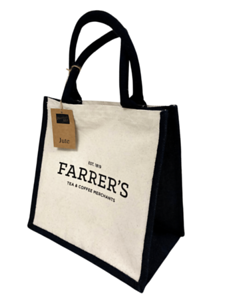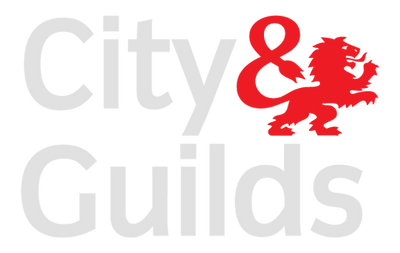7 interesting uses for old coffee sacks
Coffee is grown all over the world. You can find it between the tropics by the equator produced by more than 70 different countries. Coffee is grown by different people with different languages and different cultures. Yet, all green coffee beans are all shipped in hessian sacks and for good reason.
Explore why hessian sacks are used by coffee growers across the globe and how you can upcycle old coffee sacks to give them a new lease in life.
HERE’S EVERYTHING YOU NEED TO KNOW ABOUT COFFEE SACKS:
Why are hessian coffee sacks used by growers?
What do the markings mean on coffee sacks?
7 interesting uses for old coffee sacks
How do I wash a hessian coffee sack?
Where can I buy old coffee sacks for sale?
WHY ARE HESSIAN COFFEE SACKS USED BY COFFEE GROWERS?
Hessian is the perfect material for transporting green coffee beans. It’s made from the skin of the jute plant, a cheap, soft, and pliable fibre which is breathable. Pretty handy as it goes because the beans need to breathe whilst being stored. This prevents them from spoiling on their long journey to the roaster. It’s also a very durable material which protects the beans from heavy handling.

(Image by @diegocatto on Unsplash: https://unsplash.com/photos/1JRQNpbakjM)
Green beans can maintain their flavour quality for several years as they won’t oxidise when stored in this way.
However the story is totally different when it comes to roasted coffee beans. They rapidly begin to lose their freshness and flavour profile within a matter of days if they come into contact with oxygen or moisture. They need to be packed in an airtight bag; often these bags feature a one way valve which allows expanding gases released by the freshly roasted coffee to escape whilst not allowing air and especially oxygen to enter the packaging. If you want any tips on the best way to store coffee click here.
WHAT DO THE MARKINGS MEAN ON COFFEE SACKS?
The markings and numbers on a coffee sack they have logic to them. They provide traceability which is essential for single origin coffee.

(Image by @diegocatto on Unsplash: https://unsplash.com/photos/1JRQNpbakjM)
The International Coffee Organisation (ICO) requires that each coffee sack used to ship coffee has a number of specific identifiers placed on the outside of the bag known as ICO marks.
These identifiers are a set of numbers that help identify the origins of the bag.
- The first set of three digits represents the country code.
- The second set of four digits represents the exporter or grower.
- The third set of four digits represents the parcel or lot number.
Each country has their own design for the front. It represents the origin of the bean, the processors and in some cases the growers themselves. This leads to some very different and attention grabbing branding!
7 INTERESTING USES FOR OLD COFFEE SACKS
Once the green beans have been roasted, we the roaster, have a little bit of organic left-over packaging in the form of coffee sacks. As a rule of thumb they are quite large with 71cm by 102cm, which means they can be used for all sorts of crafty projects.
The designs on the front of the sacks are often sought after by collectors. Some repurposed burlap coffee bags even make for some pretty unique wall art and decorations if you’re a fan of upcycling.
1. You can make quirky Roman window blinds (obviously depending on the size of your window)
2. Repurpose them as useful storage containers with the addition of a drawstring, great for storing all vegetables.
3. You can use the material to make all sorts of stuffed toys including bunnies and elephants. Some even make decorative scarecrows out of them!

(Image by @matijeus on Unsplash: https://unsplash.com/photos/hAHsVf7W9HE)
4. They make great cushion covers too especially if you use the patterned side.
5. Cool table runners and if you sew a couple together you can even use them as a tablecloth.

(Image by @hannahbusing on Unsplash: https://unsplash.com/photos/0BhSKStVtdM)
6. Stunning lampshades, simply stick to an old lampshade and hey presto a repurposed and attractive lampshade.
7. They can also be turned into a handy wash bag or even a swim bag / beach bag with the addition of a drawstring.
There really is no end to what you can do with an old coffee sack… you just need a little bit of imagination and away you go.
WHERE CAN I BUY OLD COFFEE SACKS FOR SALE?
Handily we have a regular supply of old coffee sacks for sale that you can get crafty with…

(Image by @tomthompsonphotography on Unsplash: https://unsplash.com/photos/ERB2nH1Jz3U)
Click below to buy a pack of 3 hessian coffee sacks. Randomly selected from our inventory of coffee sacks from all over the world.
HOW DO I WASH A HESSIAN COFFEE SACK?
Jute and hessian fabrics are very brittle so a gentle touch is needed to avoid ruining them. We don’t recommend that you wash them as they’re easily discoloured and damaged.
In order to remove any unpleasant odours:
- Leave the burlap sack to hang in fresh air to help ventilate it for 24 hours. This should remove a lot of the trapped odours. Don’t leave it exposed to the elements as this can lead to discolouration.
- If odours persist and you want to try washing it make sure you hand wash only in cool water using a mild soap. Don’t be tempted to wash it with other items or wring it out as it can shed fibres. Afterwards, leave it to dry naturally.
IS IT HESSIAN OR BURLAP?
Hessian sacks and burlap coffee sacks are terms which refer to the same thing, a woven bag made from Jute. In the UK we refer to them as hessian but in the US and Canada these bags are known as burlap, which originates from the 17th century. It’s possibly an amalgamation of old French burel or Dutch boeren which mean coarse. The lap comes from an English word meaning a piece of cloth, so you end up with burlap or coarse cloth.





